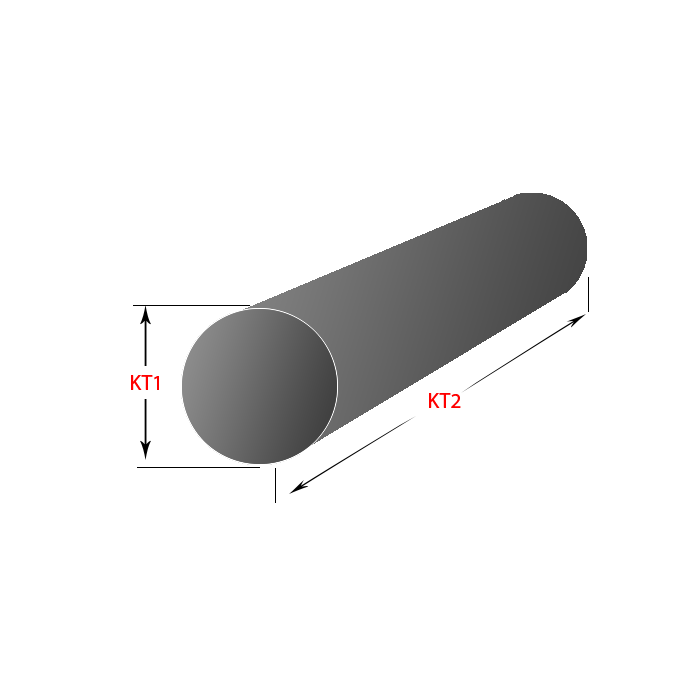THÔNG TIN CƠ BẢN
Aluminum Alloy CB156BD is a special aluminum alloy used in industrial applications requiring high strength, good load-bearing capacity, and corrosion resistance. This alloy is commonly used across various industries such as aerospace, automotive, and the manufacture of industrial equipment.
Key Characteristics of Aluminum Alloy CB156BD:
- Chemical Composition:
- Aluminum Alloy CB156BD primarily consists of aluminum (Al) as the main component, with other alloying elements such as copper (Cu), magnesium (Mg), and silicon (Si) to enhance mechanical properties and corrosion resistance.
- Physical Properties:
- High Strength: CB156BD has high tensile and flexural strength, making it suitable for applications requiring strong mechanical properties and load-bearing capacity.
- Corrosion Resistance: This alloy offers good resistance to corrosion, especially in harsh industrial environments or in high humidity conditions.
- Ease of Machining: Aluminum Alloy CB156BD has good machinability, allowing for easy cutting, shaping, and processing during production.
- Thermal and Electrical Conductivity: Like most aluminum alloys, CB156BD has good thermal and electrical conductivity, making it suitable for applications requiring these properties.
- Applications:
- Aerospace Industry: Used in the manufacture of aircraft structural components, frames, and parts that require high strength.
- Automotive Industry: Applied in the production of load-bearing parts of vehicles, frames, and engine components.
- Industrial Equipment: Used in the production of industrial equipment requiring high wear resistance and corrosion resistance.
- Shape and Size:
- Aluminum Alloy CB156BD is typically supplied in forms such as sheets, bars, tubes, or other shapes depending on the application requirements.
Manufacturing and Processing:
- Aluminum CB156BD is typically produced through processes such as casting, rolling, and heat treatment to achieve the desired mechanical properties. The heat treatment process also helps to optimize the alloy's strength and hardness.
(Source: Internet)
Key Characteristics of Aluminum Alloy CB156BD:
- Chemical Composition:
- Aluminum Alloy CB156BD primarily consists of aluminum (Al) as the main component, with other alloying elements such as copper (Cu), magnesium (Mg), and silicon (Si) to enhance mechanical properties and corrosion resistance.
- Physical Properties:
- High Strength: CB156BD has high tensile and flexural strength, making it suitable for applications requiring strong mechanical properties and load-bearing capacity.
- Corrosion Resistance: This alloy offers good resistance to corrosion, especially in harsh industrial environments or in high humidity conditions.
- Ease of Machining: Aluminum Alloy CB156BD has good machinability, allowing for easy cutting, shaping, and processing during production.
- Thermal and Electrical Conductivity: Like most aluminum alloys, CB156BD has good thermal and electrical conductivity, making it suitable for applications requiring these properties.
- Applications:
- Aerospace Industry: Used in the manufacture of aircraft structural components, frames, and parts that require high strength.
- Automotive Industry: Applied in the production of load-bearing parts of vehicles, frames, and engine components.
- Industrial Equipment: Used in the production of industrial equipment requiring high wear resistance and corrosion resistance.
- Shape and Size:
- Aluminum Alloy CB156BD is typically supplied in forms such as sheets, bars, tubes, or other shapes depending on the application requirements.
Manufacturing and Processing:
- Aluminum CB156BD is typically produced through processes such as casting, rolling, and heat treatment to achieve the desired mechanical properties. The heat treatment process also helps to optimize the alloy's strength and hardness.
(Source: Internet)



